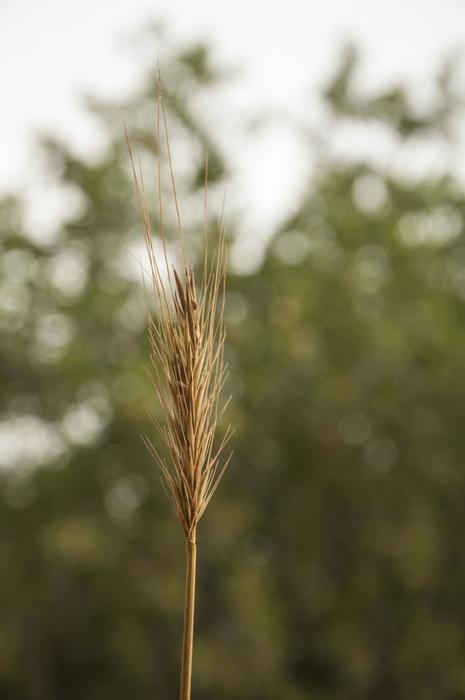Wild relatives of cultivated crops offer crucial genetic diversity, providing a reservoir of traits that can help improve yield, resilience, and stress tolerance. While their value has long been recognized, technological limitations have made it difficult to fully explore their potential — until now. Recent advances in high-throughput genomic tools have made it possible to study both crops and their wild counterparts with unprecedented detail.
In a major step forward, an international research team led by the IPK Leibniz Institute investigated the structural genome evolution of domesticated barley (Hordeum vulgare) and its closest wild relative, Hordeum bulbosum. For the study, Dr. Frank Blattner gathered H. bulbosum genotypes from natural populations across the Mediterranean. Combined with genebank accessions, the team compiled a diverse panel of 263 genotypes, including both diploid and tetraploid forms.
After analysing population structure, the team successfully assembled and annotated 10 reference-quality, chromosome-scale genomes of this important wild species — laying the groundwork for future barley breeding innovations, according to a press release.
“The tetraploid forms have two origins, one in Greece and one in southwestern Asia. In Asia they originated already between one and two million years ago, while in Greece tetraploids arose only within the last 100,000 years,” explains Jia-Wu Feng, first author of the study. “We found evidence that both types are now interbreeding, which provides a way for polyploids to enrich their genomic diversity through multiple origins,” Blattner adds.
Although Hordeum bulbosum is barley’s closest wild relative — having diverged an estimated 4.5 million years ago — it has followed a distinct evolutionary path. One of the most striking differences lies in genome size. “Surprisingly, we found that the expansion of the barley genome didn’t happen evenly, but mainly at the chromosome ends,” says Jia-Wu Feng.
To harness traits from wild species like H. bulbosum, researchers often use introgression lines — plants created by crossing crops with wild relatives to introduce specific genetic segments into the cultivated genome. Using their newly developed reference genomes, the team successfully decoded the structure of the Ryd4 resistance locus, nearly 40 years after it was first introgressed from H. bulbosum into barley.
“This is without question the most promising crop-wild introgression in barley to date, and the only one close to being deployed in commercial varieties. It provides qualitative resistance to the devastating barley yellow dwarf virus, which affects several cereal crops,” explains Dr. Martin Mascher, head of IPK’s Domestication Genomics research group and a member of the German Centre for Integrative Biodiversity Research (iDiv) Halle-Jena-Leipzig.
“Having genome sequences for crop wild relatives will be useful for more targeted introgression breeding in the future,” says Mascher.
“The systematic genomic characterisation of crop plants and their wild relatives is important foundational research to make plant genetic resources better accessible for crop improvement,” says Prof. Dr. Nils Stein, head of the Federal Ex situ Genebank for agricultural and horticultural crops at IPK Leibniz Institute, “and it is the driver to evolve the genebank from a seedstore into a biodigital resources centre.”
